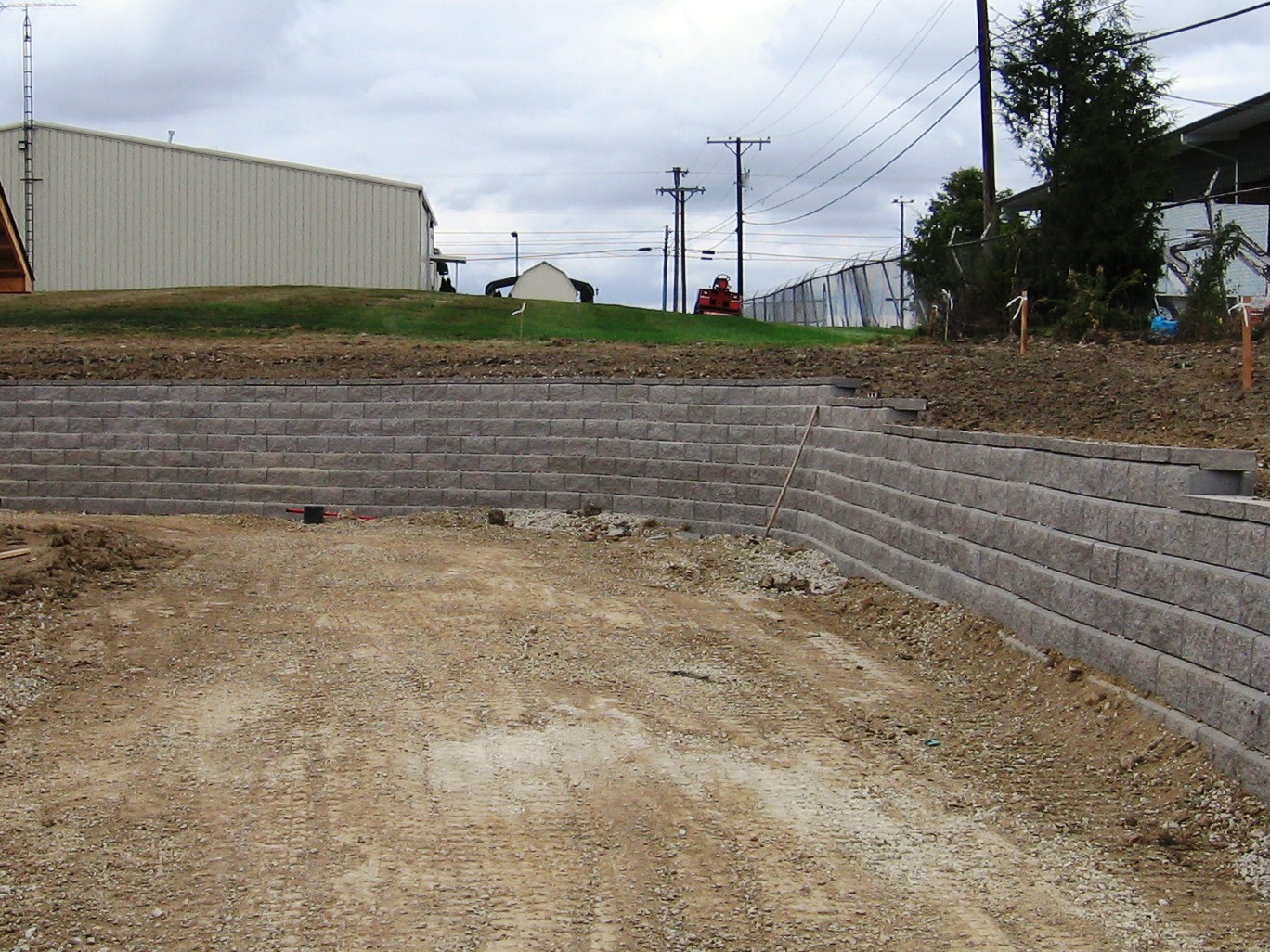Sound Barriers
Sound barriers are constructed to protect noise sensitive areas from noise pollution.† The most common application of sound barrier walls is to insulate residential communities from highway noise, although they are also installed along railways and around industrial work areas for similar reasons. They can also be used outside specific building locations to dampen the sounds of pad-mounted mechanical equipment, such as air conditioners.† Sound barrier walls and noise pollution regulations came with increased vehicle traffic and greater public awareness in the 1970ís.† Today, for example, the National Environmental Policy Act of 1970 still requires a noise analysis and barrier wall construction effort, if necessary, as part of federally funded highway projects. ††A more recent concern of sound barrier walls is that they be aesthetically pleasing and blend well within existing landscapes and communities.




